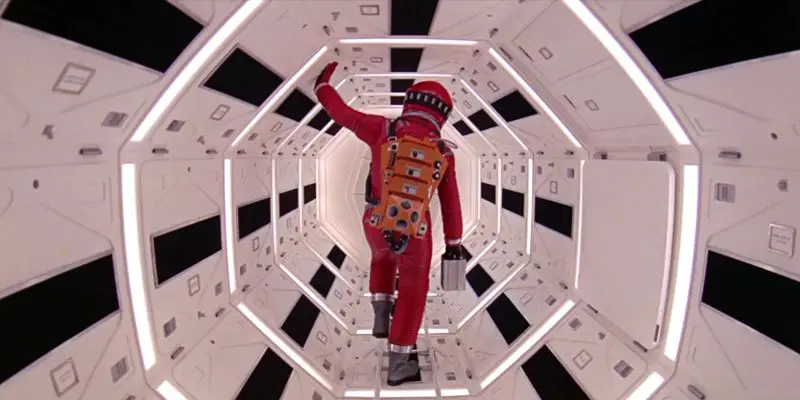Let's run through a few of the most recent Kubrick-related news items to hit the wire over the last week or so, shall we?
First, and most amusingly, it seems that Stanley has joined Twitter. Check him out, if you're into this sort of stunt.
Next up, it was kind of great to see Vivian Kubrick come out of semi-hiding to diss all those goofy moon-hoax idiots. Not quite so amusing was main Kubrick Moon Theory Nutter Jay Weidner's vile, butt-hurt, low-blow of a "rebuttal", titled How Vivian Kubrick Broke Stanley's Heart.
Two interesting think pieces on Kubrick have popped up on the web recently.
The best is Alexander Patrick Langer's 2014 essay Dr No and Dr Strangelove - Anxiety in the Cold War Film. It's a touch dry and academic, but if you like that sort of thing, it's pure manna from heaven. Personally, as a Kubrick nut and a lifelong Bond fan, of course I dug it. And it doesn't hurt that Langer throws in a bit on Frankenheimer's Manchurian Candidate into the mix.
Not quite as good but still interesting is Sean Hutchinson's think-piece How Dr Strangelove Predicted the Emptiness of Twitter and Facebook, which is exactly what it sounds like.
Getting down to the dregs (comparatively speaking of course), we have "a non-Kubrick fan" explaining what it is that she finds compelling about The Shining. It's eloquent and insightful, if short and to the point.
And, finally, we have an extended whine from Simon Booker writing in The Guardian, who claims that "Stanley Kubrick Ruined My Childhood". Turns out that title is almost pure clickbait, however, as Kubrick is mentioned exactly three times, including the title. Turns out his mum worked as a film publicist on 2001: A Space Odyssey during that film's 3-year shoot. the Marianne Faithful stories are a titch juicier, of course.
Tune in next time for more Kubrick Notes In Brief!
Next up, it was kind of great to see Vivian Kubrick come out of semi-hiding to diss all those goofy moon-hoax idiots. Not quite so amusing was main Kubrick Moon Theory Nutter Jay Weidner's vile, butt-hurt, low-blow of a "rebuttal", titled How Vivian Kubrick Broke Stanley's Heart.
Two interesting think pieces on Kubrick have popped up on the web recently.
The best is Alexander Patrick Langer's 2014 essay Dr No and Dr Strangelove - Anxiety in the Cold War Film. It's a touch dry and academic, but if you like that sort of thing, it's pure manna from heaven. Personally, as a Kubrick nut and a lifelong Bond fan, of course I dug it. And it doesn't hurt that Langer throws in a bit on Frankenheimer's Manchurian Candidate into the mix.
Not quite as good but still interesting is Sean Hutchinson's think-piece How Dr Strangelove Predicted the Emptiness of Twitter and Facebook, which is exactly what it sounds like.
And, finally, we have an extended whine from Simon Booker writing in The Guardian, who claims that "Stanley Kubrick Ruined My Childhood". Turns out that title is almost pure clickbait, however, as Kubrick is mentioned exactly three times, including the title. Turns out his mum worked as a film publicist on 2001: A Space Odyssey during that film's 3-year shoot. the Marianne Faithful stories are a titch juicier, of course.
Tune in next time for more Kubrick Notes In Brief!



